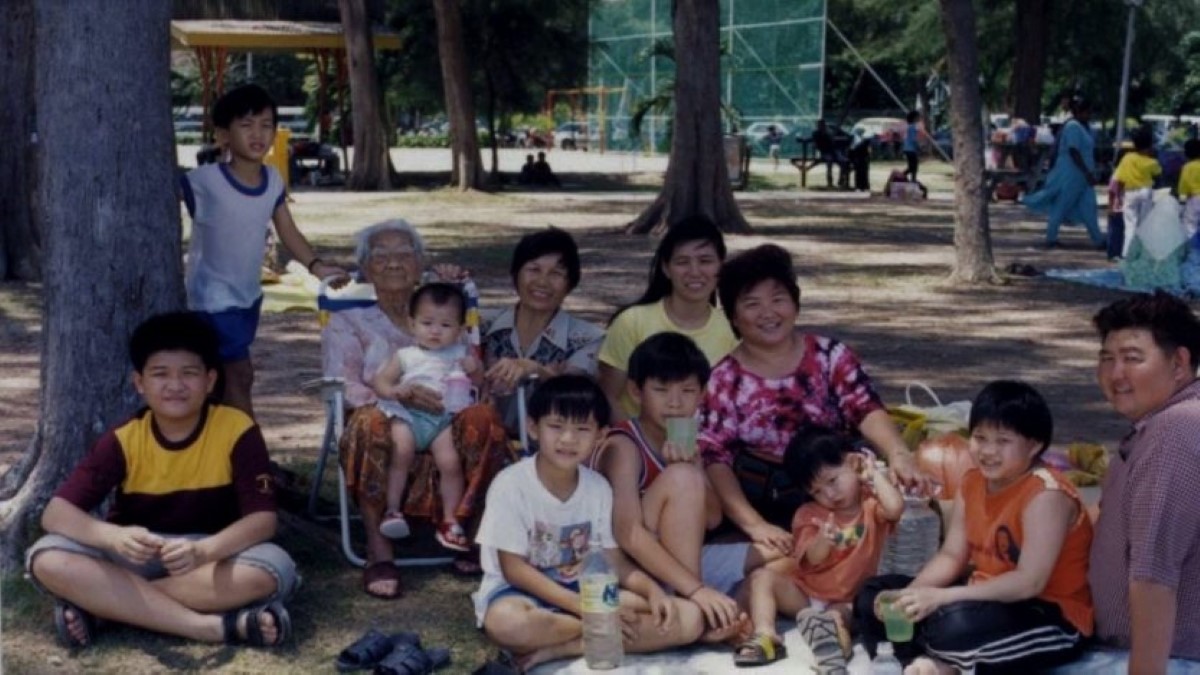Malaysia Population Research Hub

Globally, family structures have changed dramatically over the last 50 years, as each generation of families reflect the socio-economic requirements and norms of their time. The traditional ‘breadwinner’ family model is gradually being replaced. The following table contains a (non-exhaustive) list of family types that are typical in today’s global socio-economic context.
| Family Type | Structure |
| Nuclear Family | Consists of two parents and their children living under the same household. |
| Extended Family | Consists of two or more adults who are related (and their children), either by marriage or by blood, living in the same household, and working towards common family goals such as child raising and household chores. |
| Single Parent Family | Consists of one parent and his/her children living under the same household. |
| Childless Family | Consists of couples living under the same household who cannot or chose not to have children. |
| Step-Family | Consists of a couple where one or both partners have remarried and their children, either from their new marriage or prior marriage(s) living under the same household. |
| Grandparent Family | Consists of grandparents raising their grandchildren under the same household. The parents of the grandchildren are absent. |
| Commuter Family | Consists of married couples who have their own careers and maintain two residences in different geographical locations, separated from each other for at least three days per week. |
| Sandwich Family | Consists of two parents living with their children and one or more grandparent under the same household. The children and grandparent(s) are fully dependents. |
| Single Member Family | Consists of a single member with no dependents, either widowed, divorced/permanently separated, or never married/chose not to marry. |
| Same Sex Family | Consists of two parents, who are of the same sex, and their children living under the same household. |
| No Income, No Job, No Assets Family | Families where the head or heads of households do not have income, jobs, or assets. |
Typical family types in today’s global socio-economic context
Source: Secondary research
By 2030, the family landscape will still be predominantly made up of nuclear and extended family households.
Based on historical household data trends, nuclear and extended family households will likely make up about 68% and 17% of all households in Malaysia.
The historical trend is supported by the primary findings of this study, where (A) Desire for marriage is still high; (B) Married and living together is the dominant living arrangement; and (C) Intergenerational support is still high (see Chapters 5 and 6).
Predicting other family types from a quantitative standpoint is much more difficult, due to the lack of available data. Using the same historical household data employed above, it is estimated that single member households and unrelated member households would likely represent 9% and 4% respectively by 2030, more-or-less the same with present levels but on a very gradual increasing trend. Other related member households make up the remaining 2%. Again, our primary survey result supports the historical trend, as other living arrangements do not appear to be popular amongst Malaysians.
While additional granularity into single member and unrelated member households are not available, the rising trend of never marrieds and delayed marriages, which are subsets of single member and unrelated member households, coupled with observations of global demographic trends, would likely be the primary contributors to the uptrend of these household types.